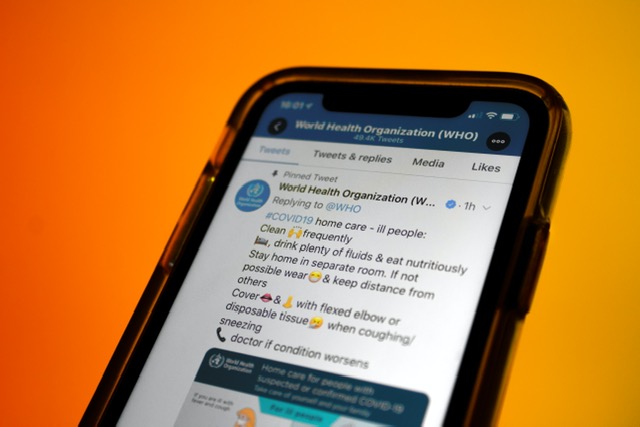Fact checks can unconsciously spread myths and false narratives, if you don’t structure your debunking well enough. By using the same language, stories and images, you might give a false narrative more notoriety and create more familiarity.
- Don’t link to places where people can find more about the narrative or myth.
- Warn people about the sections where you describe false information, point out that it is false.
- Don’t use the same content (images, videos, etc.) as the original piece.
- Don’t just point out the flaws in a false story, but also include a real alternative and link to factual articles.
- Focus on smaller elements of a false story and explain why it is incorrect. Don’t use the entire narrative or myth to give more context.
- Don’t debunk stories that have not seen much engagement. We don’t want to give it more attention if it’s still a niche story.
- But also, don’t debunk too late. We don’t want falsehoods to gain momentum.

There are two questions you should ask yourself after you have done a fact checking exercise.
- What does the audience believe when spreading this information?
- What is the underlying emotion in the audience who are sharing and spreading this information?
Once you have done a fact check, found that the information is false, the starting point of your article or piece should be what your audience currently believe and then present them with the new information in a way that considers their logic.